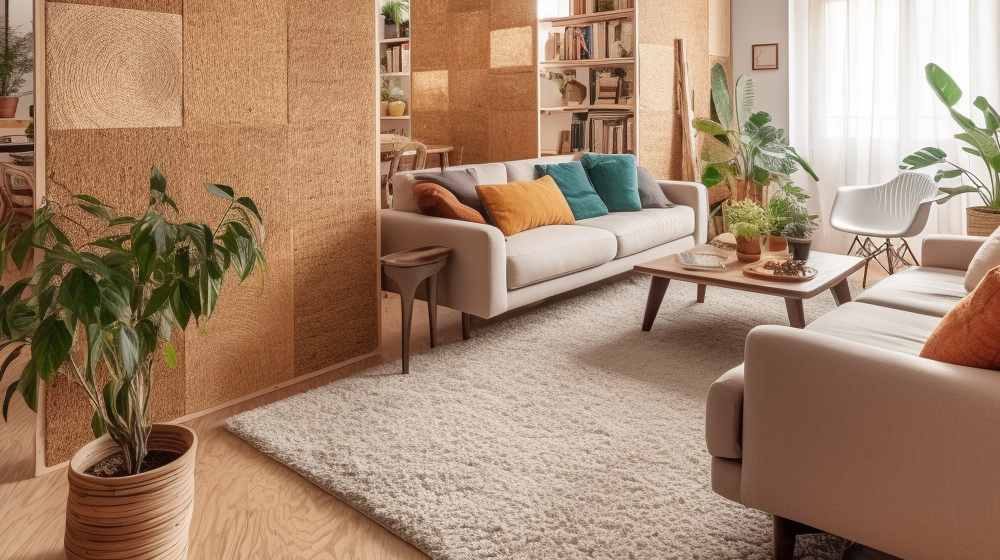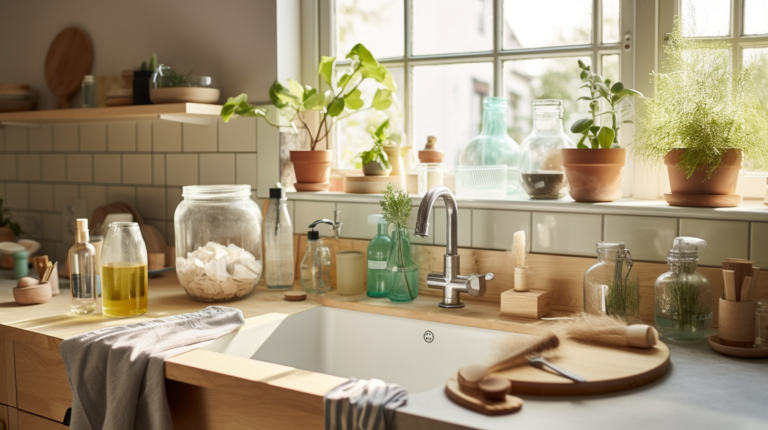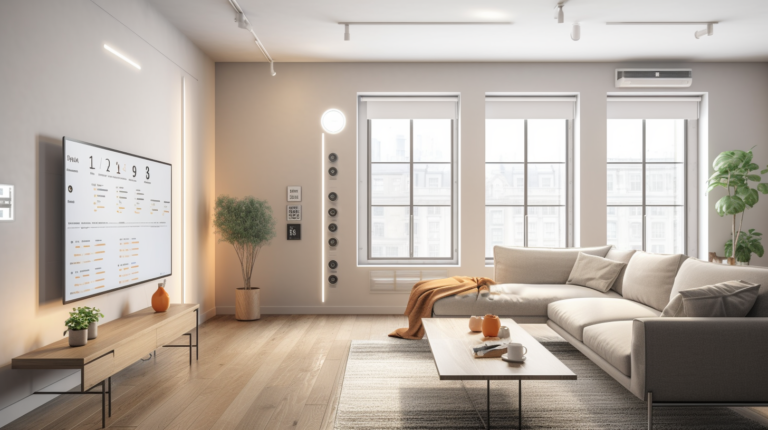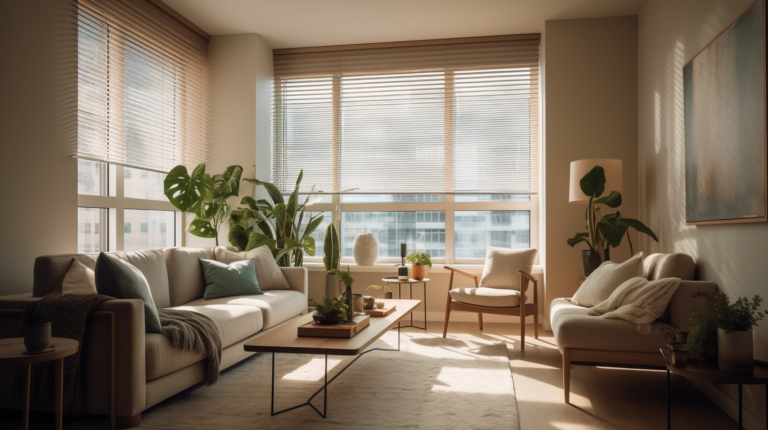Soundproofing Options for Green-Aware Tenants
Not only is noise pollution bothersome, but it’s also a real environmental and health issue that can impact our stress levels, sleep patterns, and general health. Unwanted noise can be a persistent problem for renters in apartments, shared homes, or metropolitan environments. Thankfully, there are many environmentally friendly soundproofing techniques that won’t damage the environment or require making permanent changes to your rental property.
Comprehending Sound Transmission
Understanding how sound travels is helpful before delving into solutions:
- Airborne sound (TV, music, and voices) moves through the atmosphere.
- Impact sound passes through solid objects (dropped objects, footsteps).
- Flanking noise is transmitted indirectly through interconnected structures, such as shared walls and ventilation systems.
Different methods are needed to mitigate each category, and the best soundproofing techniques take into account all three.
Placement of Eco-Friendly Furniture
Using what you already have is always the most environmentally friendly choice. Sound transmission can be considerably impacted by the thoughtful placement of furniture:
- To build natural sound barriers, place bookshelves against shared walls.
- Soft furnishings, such as couches, should be positioned against walls facing noisy areas.
- Use taller furniture pieces to split rooms and create sound “zones.”
- Keep sound systems and speakers away from shared walls or floor surfaces.
Eco-Friendly Soft Surfaces
Hard surfaces reflect sound, while soft surfaces absorb it. Eco-friendly soft surfaces can significantly cut down on noise and echo:
Area Rugs: Seek out choices composed of recyclable materials or natural fibers such as seagrass or jute. Made from recycled plastic bottles (PET), the nuLOOM Wynn Braided Indoor/Outdoor Rug has a natural-feeling texture and offers superior sound absorption without requiring the extraction of new resources.
- Wall Tapestries: Without the use of paint or wallpaper, textile wall hangings made from natural materials like cotton or wool not only absorb sound but also provide visual interest.
- Cushions and Throws: Additional plush furniture composed of eco-friendly materials, such as organic cotton or recycled textiles, improves comfort and absorbs sound.
Temporary Barriers to Sound
For more specialized soundproofing that adapts to your needs:
- In addition to dampening sound, freestanding fabric panels can be used as acoustic room dividers.
- Door Sweeps: Fix sound leaks behind doors without having to install them permanently. Just take it out when your lease expires.
- Window Inserts: These transparent panels save energy by improving thermal insulation and lowering outside noise.
Homemade Green Remedies
Make your own sound-absorbing components out of eco-friendly materials:
- Fabric-Wrapped Panels: To construct detachable acoustic panels, cover rigid insulating boards with natural fabrics.
- Book Arrangements: To create uneven surfaces that disperse sound, place books on shelves at different heights.
- Upcycled Egg Carton Projects: Create textured wall treatments that absorb sound waves out of paper egg cartons.
Addressing Particular Noise Sources
Noisy Adjacents
- Seal sound leaks around doors with weatherstripping tape.
- Fill in small spaces around windows and baseboards with acoustic caulk (removable varieties are available).
- Use textiles that are sourced sustainably to add an additional layer of curtains.
Noise in the Street
- Put in thick, lined curtains that are simple to take down at the conclusion of the lease.
- To assist in scattering and absorbing sound, place thick plants close to windows.
- Use white noise generators or apps as an energy-efficient masking approach.
Noise from Roommates
- Establish specific areas for relaxation in communal living areas.
- Establish quiet times that accommodate everyone’s schedules.
- Distribute tools for private listening, such as headphones and earphones.
Keep in mind that soundproofing involves both physical solutions and communication. Discussing shared noise problems with roommates and neighbors frequently results in cooperative solutions that improve the acoustic environment for all. These measures enhance the acoustic environment for everyone, enabling you to create a tranquil haven while upholding your commitment to sustainability.





